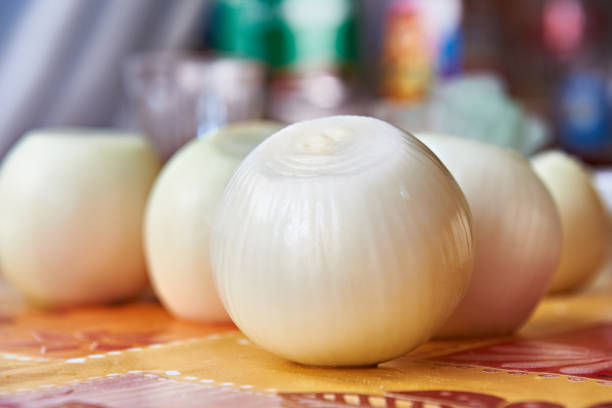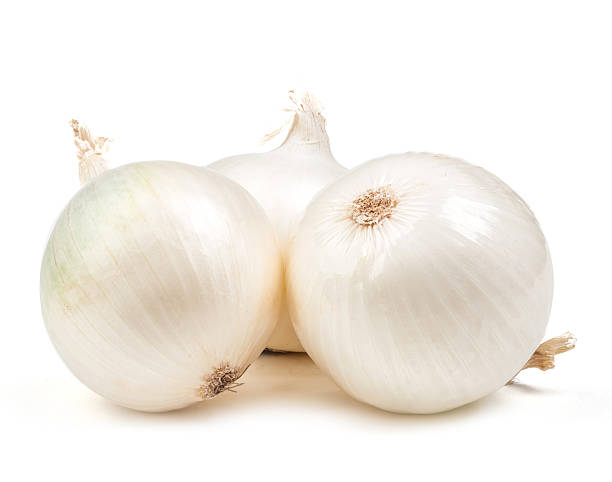ONION FARMING IN KENYA:WHITE ONION FARMING IN KENYA.

Are you in need of in-depth knowledge on onion and garlic production? If yes, we are a call away. Our service chatter includes: Onion seedlings, Garlic seedlings, Farm planning services, Soil testing, Drip irrigation installation and maintenance, Agronomic support, Onion and Garlic value pack and Farm management. For free consultation, placing orders or booking a visit with an agronomist, please contact us via Call or what’s app +254703982228, Email: Info@oniondoctor.co.ke.
White onion farming in Kenya has gained significant attention due to the high demand for onions in both the domestic and international markets. Here are some important points to consider when it comes to white onions farming in Kenya:
Here are varieties grown in Kenya:
CLIMATE CONDITION.
The crop thrives well in hot and dry climatic conditions.
PLANT POPULATION.
The optimum plant population is between 150,000 to 180,000 seedlings depending on irrigation and spacing method used.
NURSERY ESTABLISHMENT.
Onion seedlings are first established in a nursery. Preparation of nursery is done as follows;
It takes 45 days to mature.
TRANSPLANTING.
Seedlings should be transplanted 1 to 1.5 inches deep and each transplant needs to be 3 inches apart. The onions can be planted in rows 12-15 inches apart.
PEST AND DISEASES.
HARVESTING.
Moisten the dry soil lightly a day before harvesting. Loosen the soil around each bulb before lifting it to avoid damaging your onions. Damaged onions rot quickly. After lifting the bulbs, leave them on the ground to dry for a few days and cover them with foliage to pre- vent sunburn. It takes three months to mature after transplanting.
Onion Doctor supports small holder farmers across Africa with quality and affordable Onion and Garlic seedlings, Onion seedlings, Farm planning services, Soil testing, Drip irrigation installation and maintenance, Agronomic support, Onion and Garlic value pack, Farm management, E-extension and on-farm training for farmers to optimize on yields and get maximum profits.

